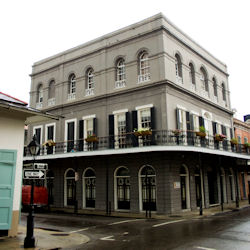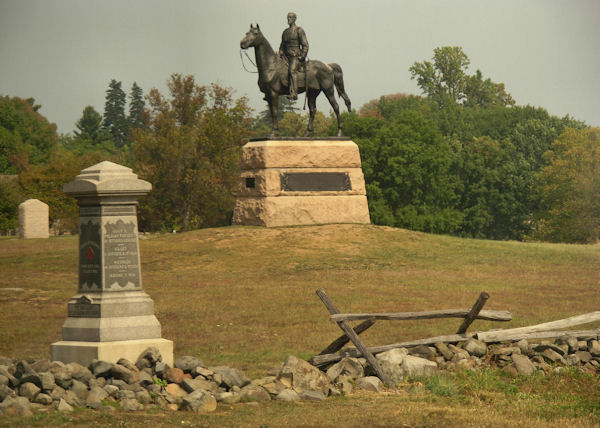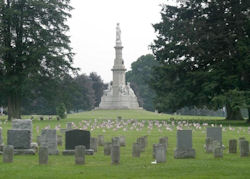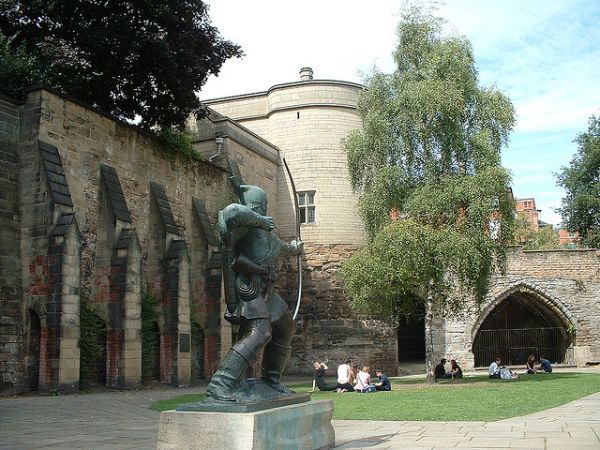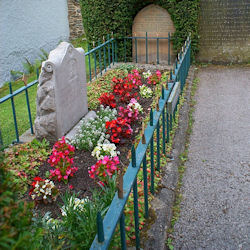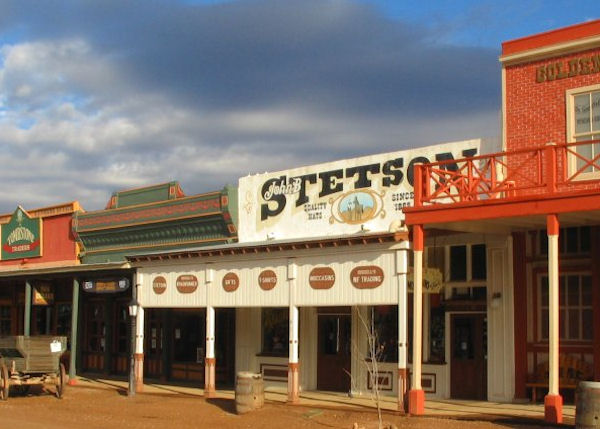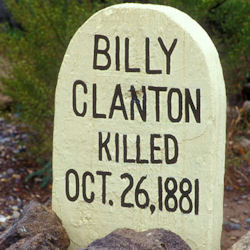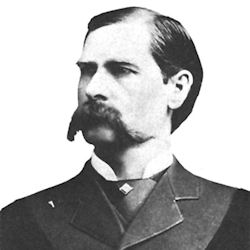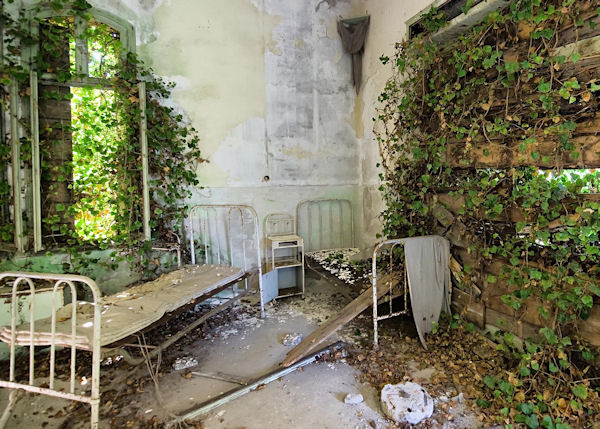
Humans have a funny way of subconsciously labeling things and places for certain tasks. Churches have become not only a place of worship, but a place to hold all sacred rights, such as marriages and funerals. Swampy areas become dumping areas, and eventually plain old dumps. In the case of Poveglia, an island became a depository for thousands of tortured souls.
Venice, Italy’s Poveglia island wasn’t always the cursed wasteland it is today. The modern history of the island begins all the way back in 421. People from two nearby communities initially fled there to escape the clutches of the barbarian hordes invading the area. Poveglia was highly defensible, making an ideal permanent home for it’s newest residents.
The community and their influence in the area slowly but steadily grew throughout the next several centuries. However, Poveglia’s period of peace and prosperity was not destined to last. Venice came under attack in 1379, prompting the relocation of the island’s residents to Giudecca, a larger island to the north.
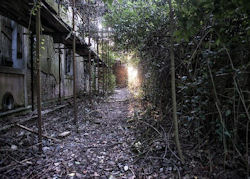
The island spent the next few centuries largely abandoned, though legend says that the island was used to quarantine the sick and dying during the times of the Bubonic plague. Tens of thousands of corpses are said to have been cremated on the island. Some say that the island’s topsoil is 50% human ash. What once gave life was now cursed by death.
It wasn’t until 1776 that the island saw semi-regular habitation once more. The Public Health Office used the island as a checkpoint for all goods and people entering Venice via ship. A pair of plague-infested ships arriving in 1793 made it necessary to once again use the island for the purposes of isolation. This role continued until the early 1800’s, when the island fell silent once again.
An asylum for the mentally ill was established on the island in 1922, adding to the mystique of the island. Rumors persisted for years that strange and unethical experiments were being carried out on the asylum’s residents. The culmination of those rumors was the suicide of the doctor said to be performing those experiments. He claimed to have been driven mad by the island’s ghostly residents shortly before jumping from the hospital tower.
The asylum was eventually converted to a home for long-term geriatric care. It is clear that at some point, the community decided the island was no longer a haven, but a place where people were sent to die. The facilities at Poveglia island were at last shuttered in 1968. The island was abandoned completely by the mid-seventies.
Poveglia’s legacy of death has led to the island having a reputation for being one of the most haunted locations on earth, if not a direct portal to hell itself. Local fishermen give the island a wide-berth, fearing their nets may dredge up bone fragments as well as fish. Visitors are no longer allowed on the island, and the government is very restrictive about access.
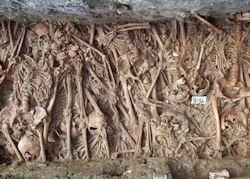
While your chances of getting permission from the local government to visit the island are slim, there are a handful of boat owners that could be, shall we say, persuaded… Like all good spooky places, there are more than enough people willing to find a way to get into them, legally or otherwise. Those who have made it have come back with harrowing tales to share.
The standard haunting phenomena have been recorded: orbs, cold spots, mists, etc. But there have been other, darker experiences that only an island like this could deliver. Visitors have heard dark, demonic voices in the abandoned buildings. Doors slam shut of their own accord. The glowing eyes of something inhuman glare at you from a distance.
One particular area near the hospital is said to harbor fully-formed apparitions. Victims of the plague coalesce out of the gloom, at times right before their would-be victims, before fading away to nothingness. Others have reported being touched or even shoved in the same area. A feeling of dread is said to permeate the area right before things get interesting.
The island’s fate is now up in the air. Cash-strapped Italy auctioned off a 99-year lease on the island. An Italian businessman was the lucky bidder at $640,000. He has yet to decide what he will do with the island, but it sounds like access will be considerably less restricted in the years to come. The question now is…
Are you brave enough to visit the most haunted place in the world?



